
Tourists experience exploring through the forest in Ca Mau. Photo: Kieu Mai
Can Tho City after merging with Soc Trang and Hau Giang became a prominent regional center with strengths in economy, culture, education, health, technology, etc. This created conditions for Can Tho to become a regional tourist locomotive.
Based on diverse resources, the city's tourism has gradually built a system of rich, unique and attractive products. In particular, the river culture with distinct experiences gradually moves towards the West of the Mekong Delta and flows into the sea: the largest floating market system in the Mekong Delta (Cai Rang floating market, Nga Bay floating market, Nga Nam floating market), a system of islands and islets with diverse ecology (freshwater, brackish, salty); a unique system of canals and ditches that has been internationally recognized; a system of seaports, deep-water ports... contributing to creating many tourism products to meet the diverse needs of tourists. At the same time, this place is currently home to Kinh, Hoa, Khmer ethnic groups... with their own distinct cultural identities, creating many experiences in cuisine , architecture, performing arts...
With natural conditions and existing infrastructure, Can Tho stands out with the image of a river city, giving visitors a complete experience of Western garden civilization amidst modern life.
Meanwhile, after the merger, Vinh Long province has formed a clear ecological identity of the garden. Vinh Long is the convergence of Ben Tre coconut culture, Tra Vinh Khmer culture and Vinh Long traditional garden culture. Besides the system of green islands, many hundred-year-old craft villages such as flower village, pottery village, brick village, rice paper village... this land also has new colors from Thanh Phu and Ba Dong sea... This has created a unique cultural and historical experience tourism imbued with the ecology and agriculture of Vinh Long.
When An Giang merged with Kien Giang, it became a locality that converged the beauty of sea, mountain and spiritual tourism. The marine ecosystem here is quite unique, with the Rach Gia - Ha Tien - Phu Quoc fishing grounds standing out in the marine economy. In particular, the Southwest sea with many famous landscapes and unique destinations creates great attraction for tourism in the Mekong Delta region. Prominent among them are Phu Quoc, Hai Tac, Nam Du archipelago, Kien Hai island cluster, Kien Luong - Ha Tien... creating many tourism products with strong sea identity for the locality. At the same time, the mountain system including Sam mountain, Cam mountain, Phung Hoang Son... creates the unique features of the mysterious "That Son" region.
Spiritual tourism in An Giang is also prominent with the system of pagodas and temples, especially the Ba Chua Xu Temple in Sam Mountain. In addition, the Kinh - Hoa - Khmer - Cham cultural space in this land brings unique colors to border tourism: Tri Ton, Tinh Bien, Ha Tien... It can be said that An Giang tourism after the merger has an intersection between beliefs, nature and cultural identity, suitable for creating sea, spiritual and cultural tourism products in border areas.
When Tien Giang and Dong Thap merged, Dong Thap province now possesses a special advantage, which is the 234km long riverbank along the Tien River. This natural condition makes Dong Thap an important gateway, playing a role in connecting the waterway between the Mekong Delta and Ho Chi Minh City. In addition, the combination with Tien Giang helps Dong Thap connect outstanding ecological spots: Tram Chim National Park, Sa Dec flower village, Cai Be floating market, Thoi Son islet, forming a unique garden ecological space for tourists to experience. At the same time, this area is famous for many traditional craft villages with their own characteristics: Dinh Yen mat village, Lai Vung boat and canoe building village, Sa Dec ornamental flower village, Lai Vung nem village, My Tho cake, vermicelli and noodle making village, Chau Thanh conical hat weaving village, Go Cong shrimp paste making village, Cai Be rice paper making village... giving tourists the experience of exploring craft villages with typical Southwest cultural colors.
Ca Mau and Bac Lieu merged into Ca Mau, becoming a route where tourists can combine eco-tourism and learn about the culture and history of the land reclamation in the South. U Minh Ha Forest, Ca Mau Cape, Bac Lieu Prince's House, Cao Van Lau Theater... all have unique stories associated with the history of the ancient land of the South. The cultural breath of the time of reclamation is still preserved in this land in real destinations, helping tourists have journeys of experience with unique cultural and historical exploration, such as the experience of going to the forest or the cultural space of reformed opera, amateur music. The land of the southernmost part of the country is also prominent in the seafood industry, with shrimp and crab specialties, creating a unique experience of exploring high-tech agriculture and culinary tourism.
When merged, the provinces and cities have many advantages in tourism resources, notably the formation of regional product lines with distinct identities. This also contributes to the formation of new tourism colors for the Western region.
AI LAM
Source: https://baocantho.com.vn/sac-mau-mien-tay-a193911.html


![[Photo] General Secretary To Lam receives Vice President of Luxshare-ICT Group (China)](https://vphoto.vietnam.vn/thumb/1200x675/vietnam/resource/IMAGE/2025/11/15/1763211137119_a1-bnd-7809-8939-jpg.webp)


![[Photo] Prime Minister Pham Minh Chinh meets with representatives of outstanding teachers](https://vphoto.vietnam.vn/thumb/1200x675/vietnam/resource/IMAGE/2025/11/15/1763215934276_dsc-0578-jpg.webp)

![[Photo] Panorama of the 2025 Community Action Awards Final Round](https://vphoto.vietnam.vn/thumb/1200x675/vietnam/resource/IMAGE/2025/11/15/1763206932975_chi-7868-jpg.webp)




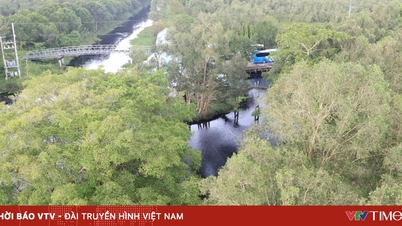





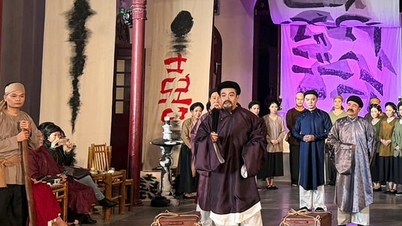

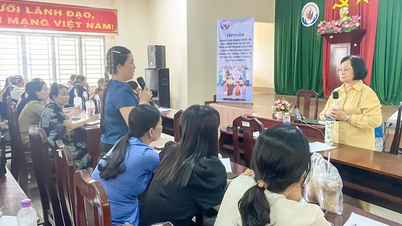
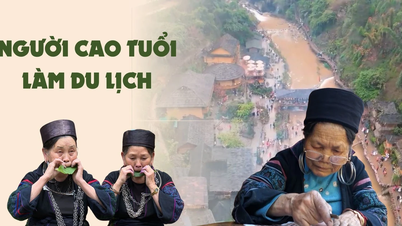




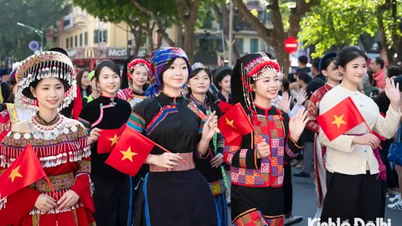

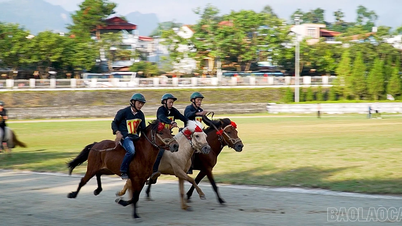





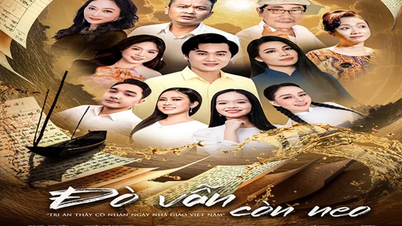


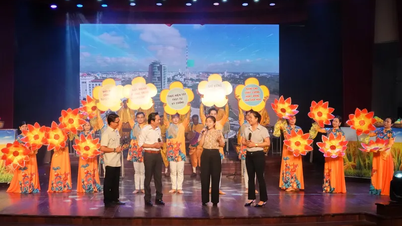
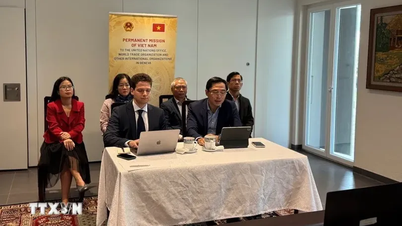




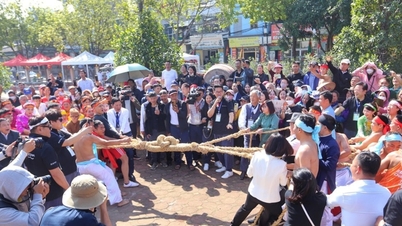


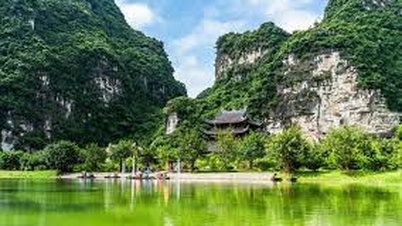





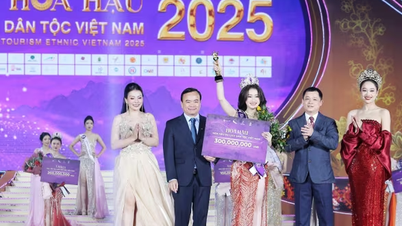

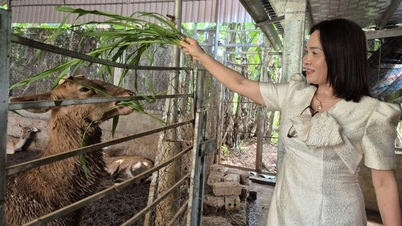





























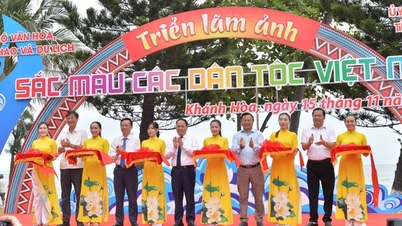



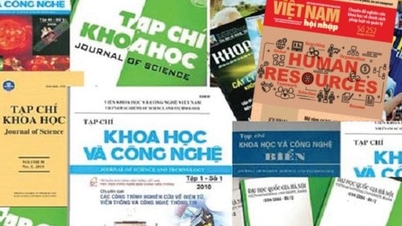
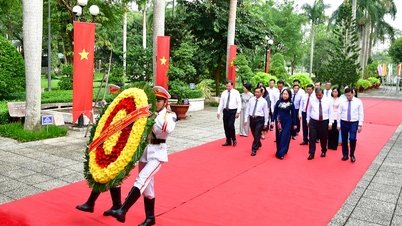





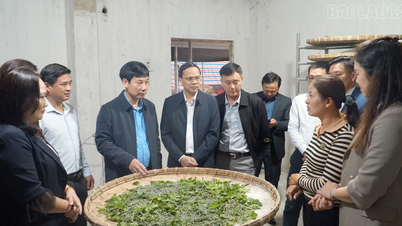
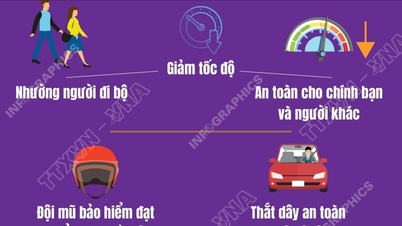
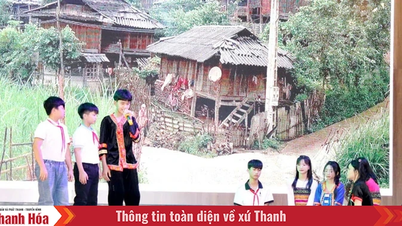










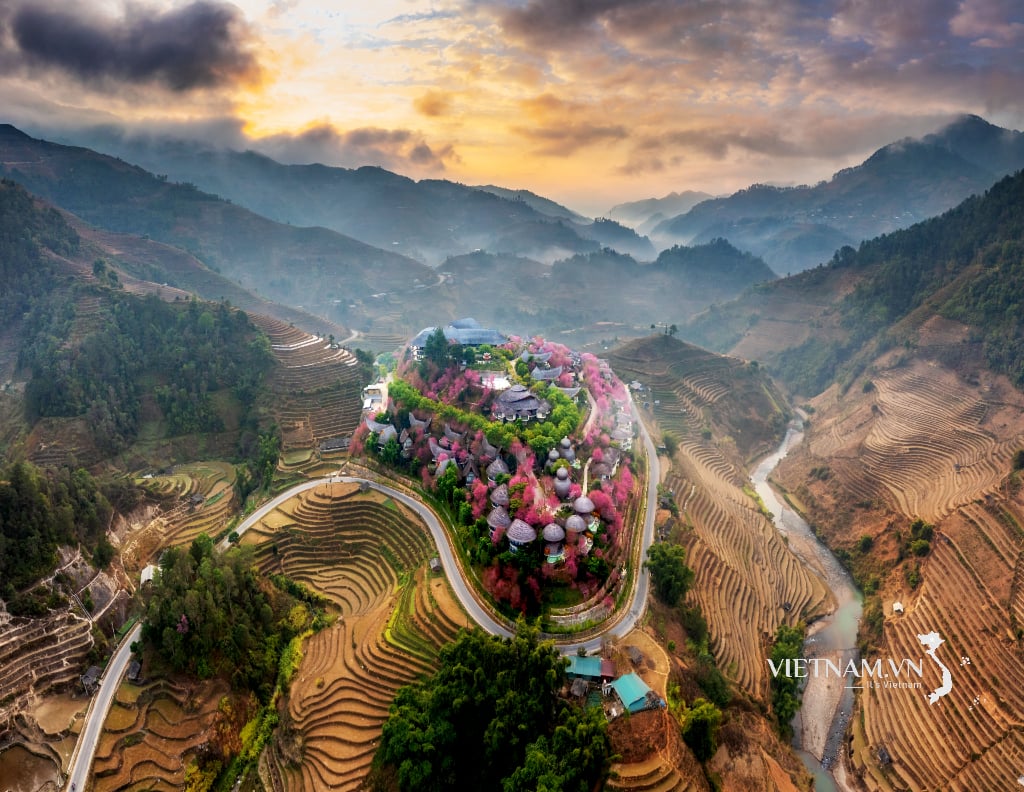


Comment (0)